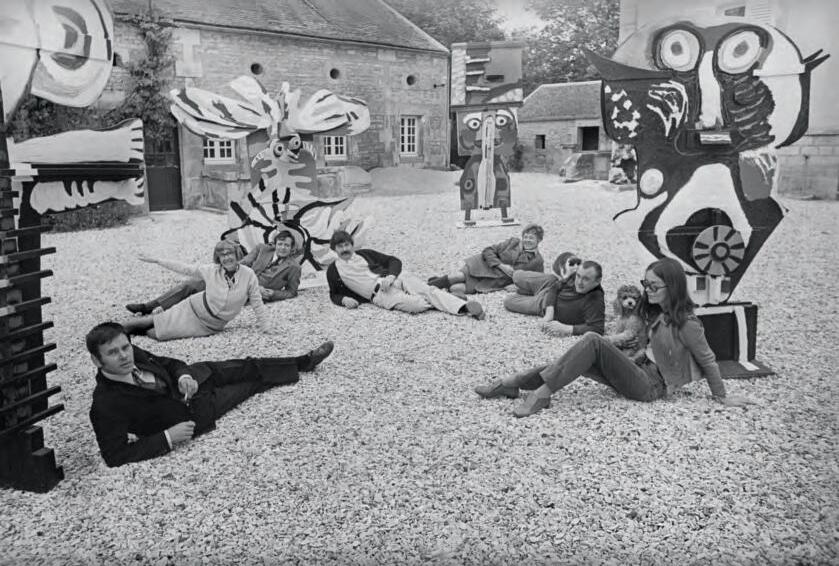
2 minute read
THE ART OF INTUITION
from Cobra
KARINE HUTS-VAN DEN HEUVEL
Preface
The story of the Cobra art movement is a classic one: in an unguarded moment, a new generation of painters, poets and dramatists succeeded in drawing attention to their work. They gained a degree of approval, a certain number of admirers and had little choice but to support each other. At first, they were reviled by art critics and the public: ‘Is this art? How dare they call that art? It’s primitive. Like the drawings of a child or a lunatic. And they’re all Communists, you know!’
The movement’s theorists, Constant Nieuwenhuys, Christian Dotremont and Asger Jorn, were indeed influenced by the ideas of Karl Marx. Before the emergence of Cobra, the so-called Internationale van experimentele kunstenaars [International for Experimental Artists], Europe and its art lay in ruins. Each of the artists who raised the Cobra banner in the turbulent postwar years responded fiercely and viscerally to this desperate situation. Carl Jung said that an artist’s ‘handwriting’ was the most direct expression of the human psyche – one that reveals their unconscious stirrings. Many Cobra members were indeed devotees of Jung, yet most of all they loathed a Western culture founded on Reason. While they had all come through the Second World War, they had been deeply scarred by it and were under no illusions about what human beings were capable of. Art was straitjacketed by outdated rules and conventions. The artists were each looking, in their own way, for a new, untainted and indelible handwriting. The critics were right: Cobra paintings really were primitive – annoyingly childish, even. Was this deliberate? The very colours they used seemed second rate. And to make matters worse, they smeared their garish primary tones almost formlessly over the canvas. Many exhibition-goers were shocked, just as they no doubt would have been by the Action Painting that was emerging in America at roughly the same time as a mode of expression by the likes of Jackson Pollock.
The cross-border aspect of the Cobra movement was also largely unique for the time: Copenhagen, Brussels, Amsterdam = CoBrA. Freakish though their alliance might have seemed, in reality the bond between the artists was remarkably faithful to a time-honoured tradition, forged chiefly in Paris. The seven-headed movement also recalled the naga, the legendary part-human, part-snake often found accompanying and protecting the Buddha.
The fact that the artists did not wish to work aesthetically was a secondary consideration, while their lack of specialisation was in their nature: some were poets who painted, others were painters who wrote poetry. They also took photographs and sculpted, and used junk to create all kinds of assemblages. Some even painted the occasional mural together. As Lucebert put it in one of his poems:
In this time, what was always called beauty has scorched beauty’s face
5
PREFACE THE ART OF INTUITION
KARINE HUTS-VAN DEN HEUVEL
11 COBRA: INVITATION TO A DÉGUSTATION
PAUL HUVENNE
Contents
19
COBRA: NEVER WENT AWAY
PAUL HUVENNE
37
COBRA: THE NAME
PAUL HUVENNE
67
THE COBRA’S FANGS: THE COBRA NETWORK IN PRINT, 1945–55
JOHAN PAS
85
COBRA: A HOSPITABLE NETWORK
PAUL HUVENNE
115
RESTLESS MATTER
HILDE DE BRUIJN
135 COBRA: THE BIRD MOTIF
PAUL HUVENNE
157
GOOD MORNING COCK
LAURA STAMPS



